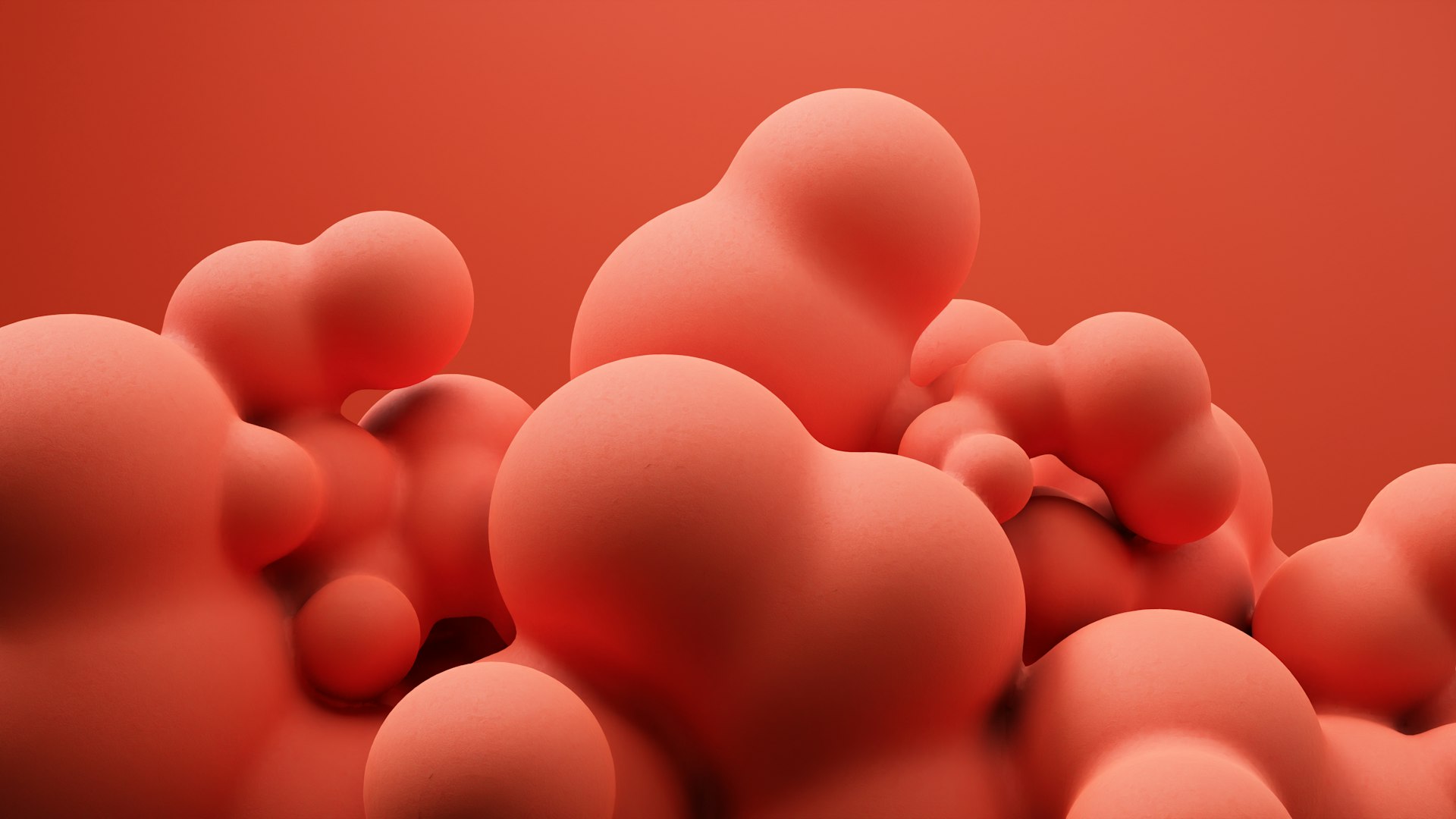Transforming Healthcare: The Future of Nanotechnology in Drug Delivery

Photo by BoliviaInteligente on Unsplash
Introduction: A New Era in Drug Delivery
Nanotechnology is rapidly reshaping the way medicines are delivered, with innovations that promise more effective, targeted, and personalized treatments. As the global healthcare landscape evolves, nanotechnology-based drug delivery systems offer unprecedented opportunities for improving patient outcomes, reducing side effects, and overcoming the limitations of traditional drug delivery methods. The industry is witnessing a surge in investment, research, and practical applications, driven by the need for smarter, safer, and more efficient therapeutic solutions [1] .
Current State of Nanotechnology in Drug Delivery
At present, nanotechnology enables the development of nanocarriers -such as liposomes, dendrimers, and nanoparticles-that can transport drugs directly to diseased cells. This targeted approach minimizes exposure to healthy tissues, reducing toxicity and improving patient safety. For instance, site-specific delivery systems are especially impactful in cancer treatment, where chemotherapeutic agents can be delivered directly to tumors, sparing healthy cells and reducing adverse effects [1] . These advances also enhance the bioavailability and controlled release of drugs, making therapies more predictable and efficient [2] .
Ongoing research is driving the commercialization of advanced nanomedicine formulations, with a strong emphasis on overcoming challenges such as drug instability, poor absorption, and rapid degradation-particularly for biologics like monoclonal antibodies and gene therapies [3] . The integration of nanotechnology is also facilitating combination therapies, on-demand drug release, and real-time diagnostics, expanding the scope of personalized medicine.

Photo by Rubidium Beach on Unsplash
Emerging Trends and Innovations
Several transformative trends are shaping the future of nanotechnology in drug delivery:
- AI-Driven Nanomedicine Design: Artificial intelligence is increasingly being used to design nanoparticles, predict drug interactions, and create adaptive, stimuli-responsive drug delivery systems. These advances enable real-time monitoring and personalized dosing, enhancing safety and efficacy. Recent breakthroughs include the creation of DNA-origami nanorobots that deliver chemotherapy agents in a targeted, controlled manner [2] .
- Multifunctional Nanocarriers: The development of nanocarriers capable of delivering multiple drugs simultaneously, responding to environmental stimuli, and integrating diagnostic functions is gaining momentum. These technologies are poised to drive combination therapies and enable on-demand drug release for more complex disease management [3] .
- Wearable and Implantable Biosensors: Nanotechnology is enabling the production of flexible biosensors that can monitor biomarkers and drug levels in real time. Such innovations are paving the way for personalized, data-driven healthcare solutions that can adjust therapy on the fly [5] .
- Enhanced Large Molecule Delivery: Nanocarriers are addressing the challenges of delivering sensitive biologic therapies, such as proteins and gene therapies, which are often unstable or poorly absorbed by conventional means. This leads to improved treatment options for a range of chronic and rare diseases [3] .
How to Access and Leverage Nanotechnology Drug Delivery Solutions
For healthcare professionals, pharmaceutical developers, and patients interested in the latest nanotechnology-enabled therapies, several pathways are available:
-
Clinical Trials:
Many innovative nanomedicine products are first available through clinical trials. To identify relevant trials, you can search trusted registries like
ClinicalTrials.gov
or consult your healthcare provider for information on ongoing studies involving nanotechnology-based drug delivery systems. - Industry Partnerships and Collaborations: Pharmaceutical and biotech companies frequently collaborate with academic institutions and research centers to develop and commercialize new nanomedicine therapies. Engaging with these organizations or attending industry conferences may provide access to the latest research and partnership opportunities.
- Regulatory Guidance: The U.S. Food and Drug Administration (FDA) and European Medicines Agency (EMA) provide up-to-date guidelines on nanomedicine products. To learn more, visit the official FDA or EMA websites and search for ‘nanotechnology drug delivery’ to find the latest regulatory updates and approved therapies.
- Government and Private Funding: Researchers and innovators can seek grants and funding opportunities from government health agencies, such as the National Institutes of Health (NIH), or private foundations investing in nanotechnology and drug delivery research. Detailed application processes are typically available on the respective agency’s website.
- Academic Resources: Universities and research hospitals often publish updates on their latest nanotechnology research. Contacting the technology transfer office of a university or searching for ‘nanomedicine research centers’ may yield opportunities for collaboration or technology licensing.
Step-by-Step Guidance for Healthcare Providers and Patients
For Healthcare Providers:
- Stay informed about the latest clinical guidelines for nanotechnology-based therapies by regularly reviewing official FDA or EMA announcements.
- Collaborate with pharmaceutical representatives and research networks to access educational materials and clinical trial information.
- Consider enrolling eligible patients in clinical studies where appropriate, after conducting risk-benefit analysis and discussing options with patients and caregivers.
For Patients:
- Consult your healthcare provider to discuss whether nanotechnology-based treatments may be suitable for your condition.
- Ask about ongoing clinical trials or compassionate use programs that could provide early access to innovative therapies.
- Stay updated on new approvals by visiting the FDA website or trusted patient advocacy organizations specializing in your disease area.
Challenges and Solutions
Despite its promise, the future of nanotechnology in drug delivery faces several challenges:
- High R&D Costs: Developing nanomedicines requires significant investment in research, manufacturing, and regulatory approval. Some government and private grants may help offset these costs, but competition is intense [1] .
- Regulatory Complexity: The evolving regulatory landscape means that developers must stay abreast of new rules and requirements. Engaging with regulatory agencies early in the development process is recommended to streamline approval.
- Scalability and Manufacturing: Producing nanomedicine products at scale while maintaining quality and cost-effectiveness is a persistent challenge. Advances in AI-driven manufacturing and process automation are beginning to address this issue [2] .
- Patient Access and Education: Ensuring that patients and providers are aware of, and have access to, new therapies requires ongoing education and outreach. Patient advocacy groups, medical societies, and public health campaigns play an important role.
Alternative Approaches and Future Directions
In addition to nanotechnology, other advanced drug delivery strategies-including microencapsulation, implantable devices, and smart polymers-are being developed to complement or enhance current methods. For some applications, these alternatives may be more appropriate or cost-effective. Staying informed about the latest research through academic journals, industry news portals, and professional societies is recommended.
Looking ahead, the integration of machine learning, personalized medicine, and next-generation materials is expected to further expand the possibilities for nanotechnology in drug delivery. Innovations such as adaptive nanorobots, biosensors for real-time monitoring, and multifunctional therapeutic platforms are likely to become mainstream in the coming years [5] .
Key Takeaways
The future of nanotechnology in drug delivery is characterized by rapid innovation, growing investment, and a strong focus on patient-centered outcomes. While challenges remain, the combined efforts of researchers, healthcare providers, regulators, and patients are driving the field toward safer, more effective, and more accessible therapies. To stay ahead, regularly consult trusted sources, engage in collaborative research, and consider both established and emerging approaches for advancing drug delivery solutions.
References
- [1] PharmiWeb (2025). Nanotechnology Drug Delivery Market: A Deep-Dive Analysis (2025-2035).
- [2] BioSpace (2025). Nanotechnology Drug Delivery Market Size to Reach USD 228.82 Billion by 2032.
- [3] Pharma Advancement (2025). Drug Delivery Technologies Impacting 2025 and Beyond.
- [4] National Institutes of Health (2018). Nano based drug delivery systems: recent developments and future prospects.
- [5] AZoNano (2025). Top 5 Emerging Trends in Nanotechnology for 2025.
MORE FROM promohunterpro.com













